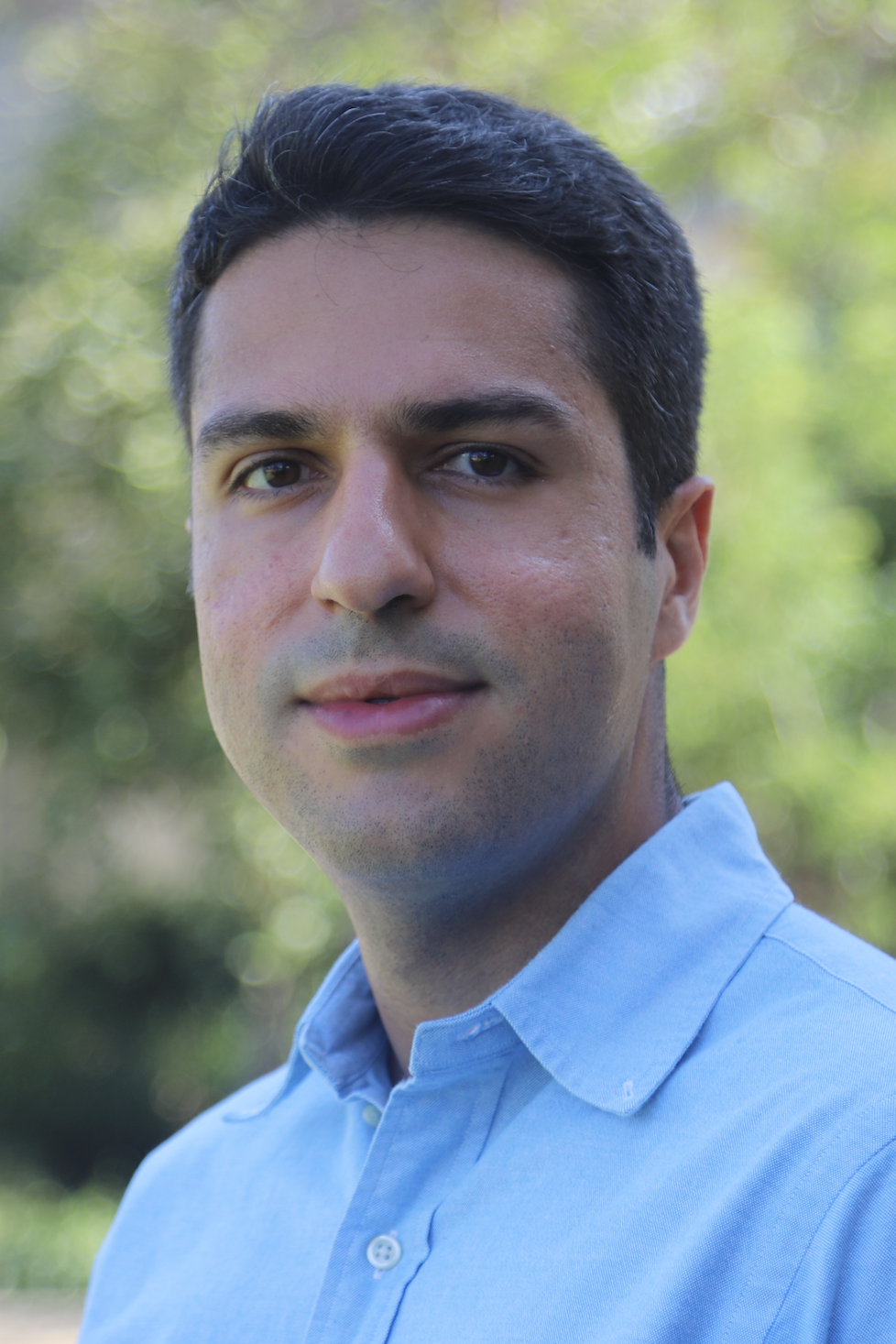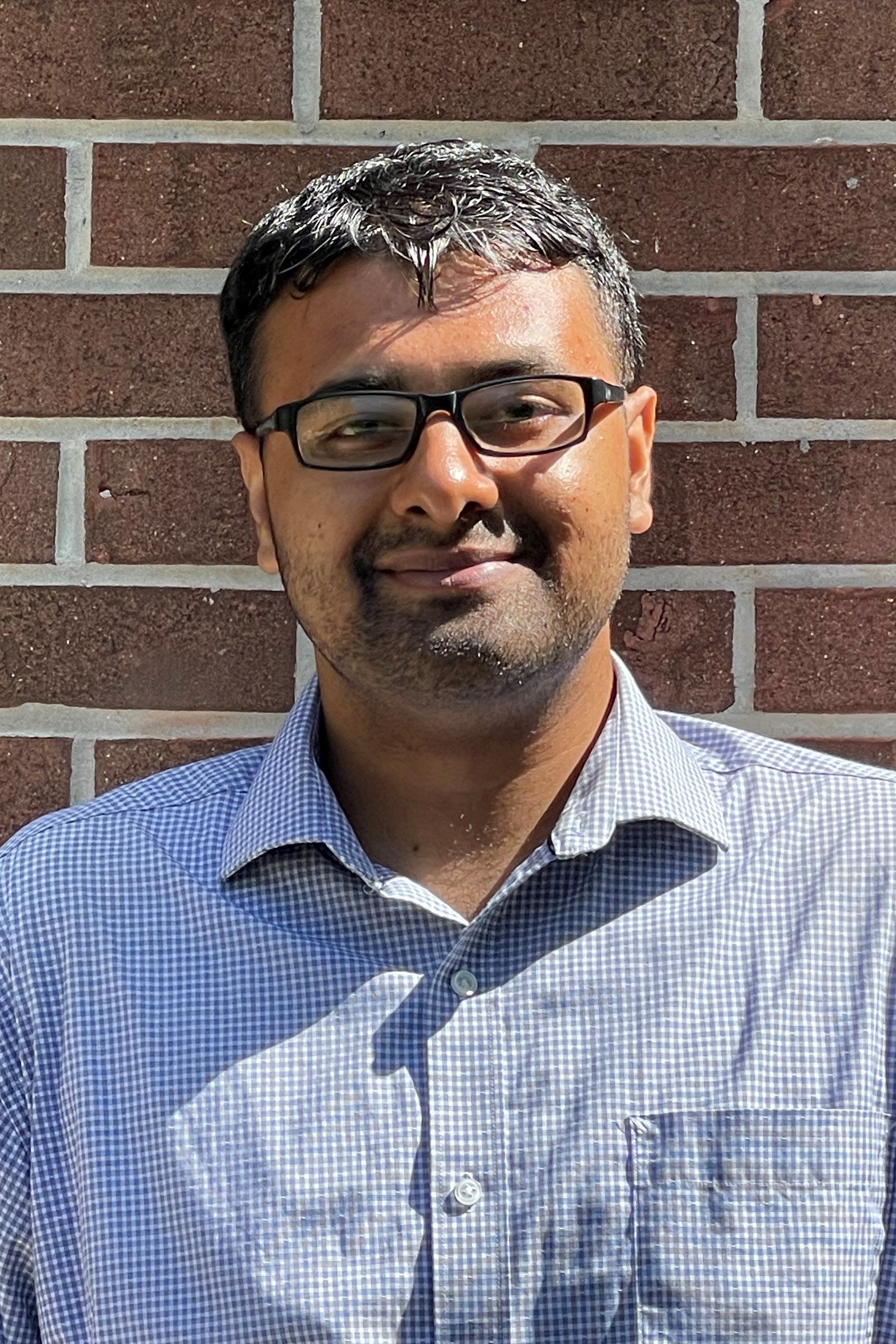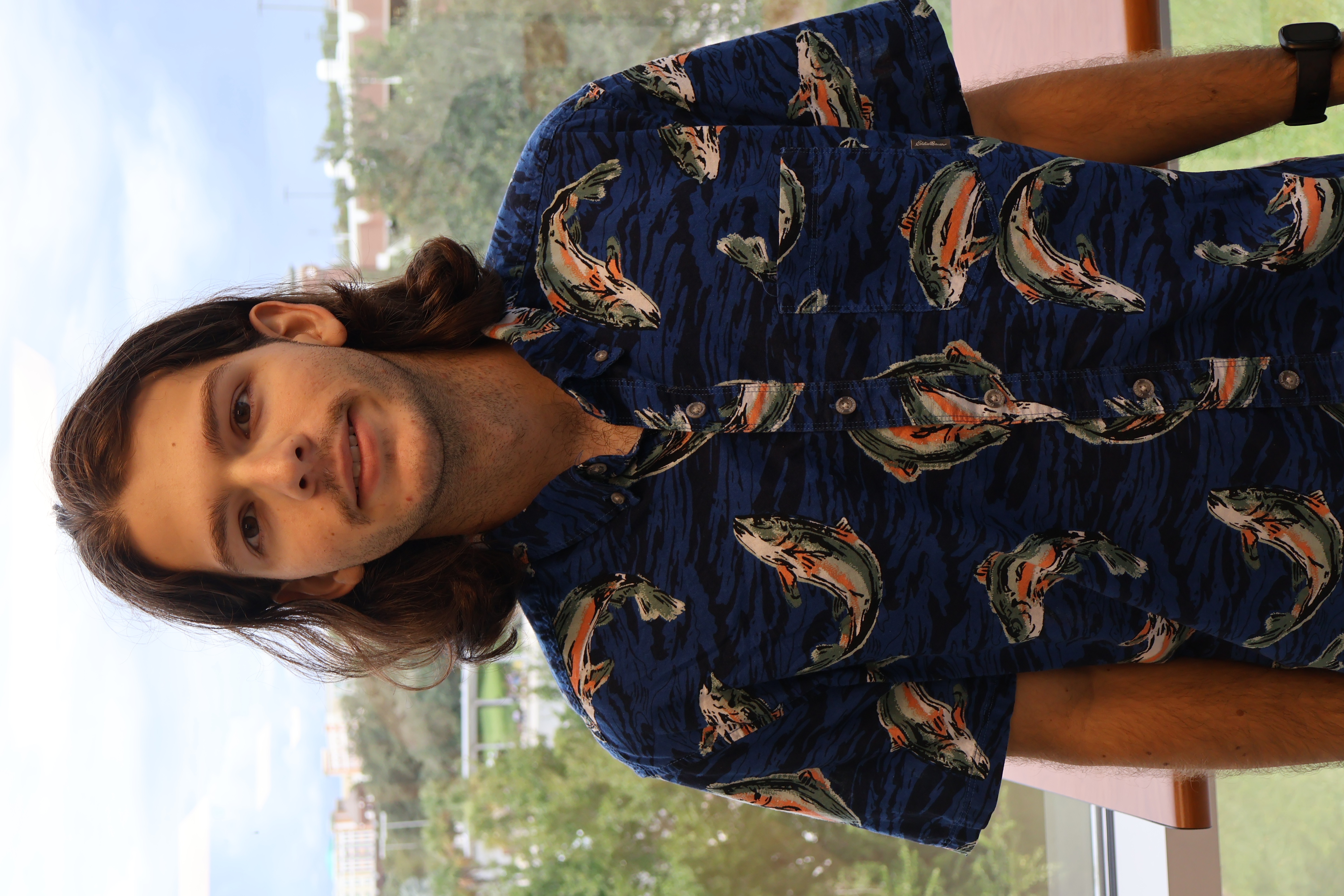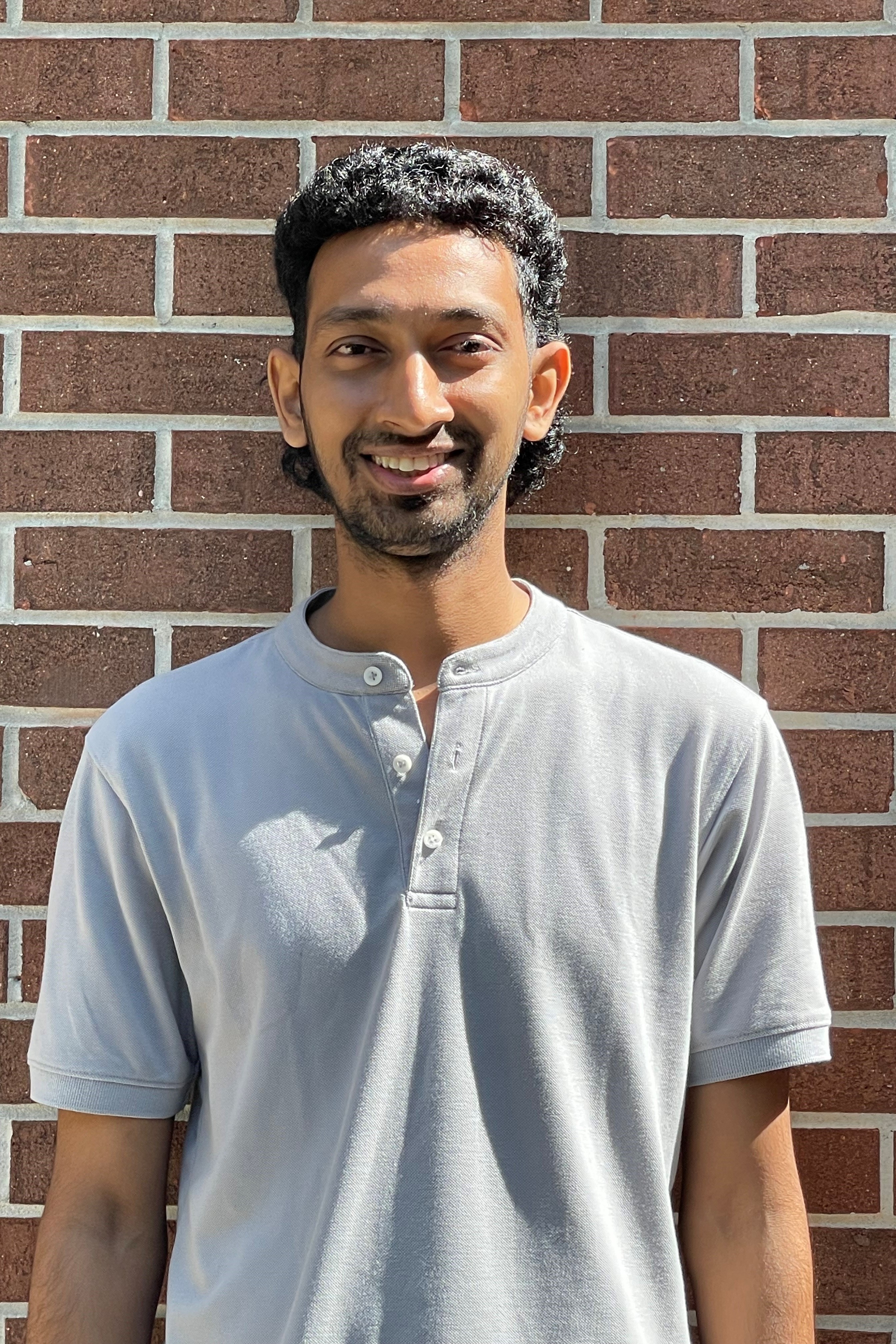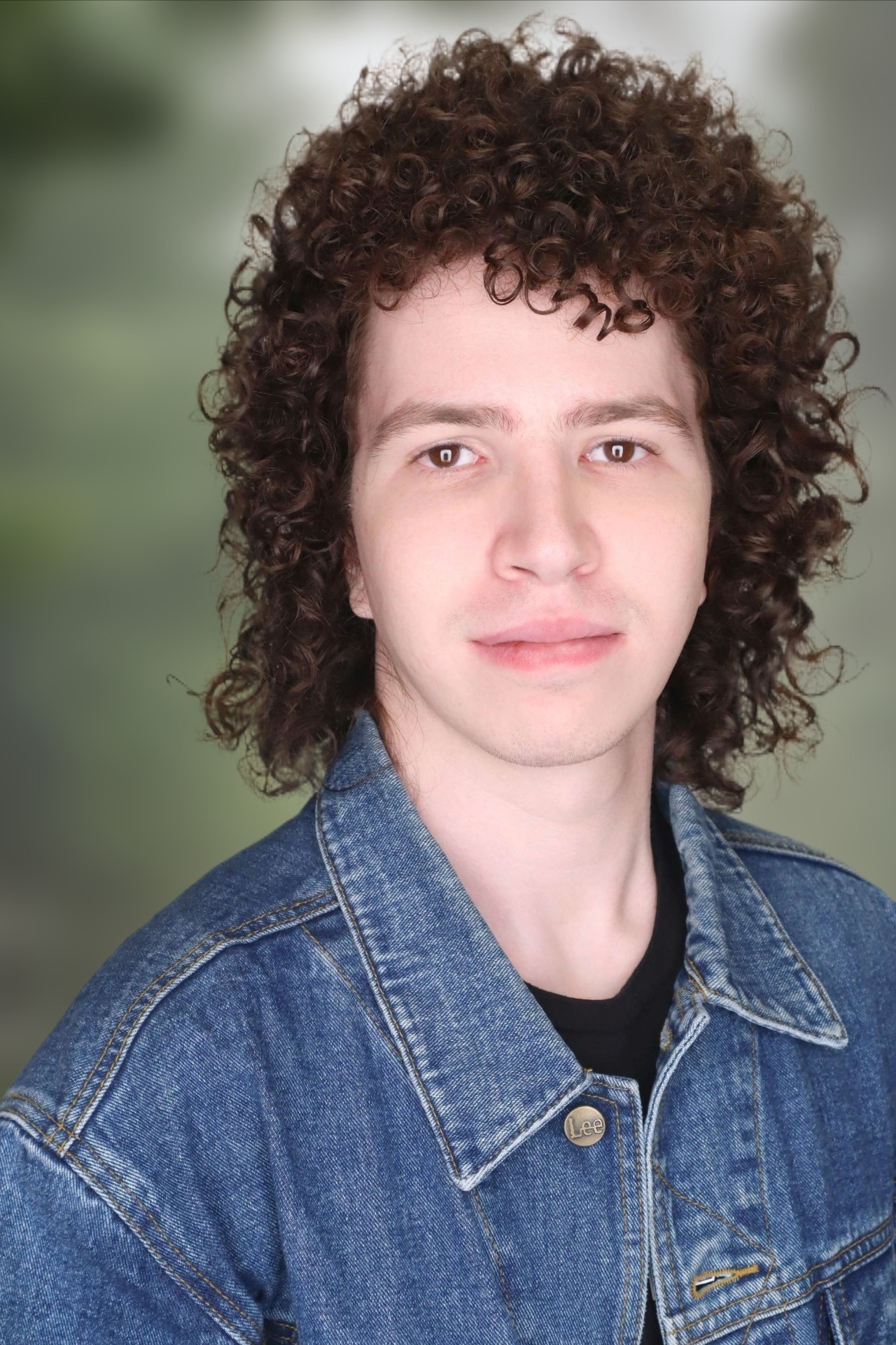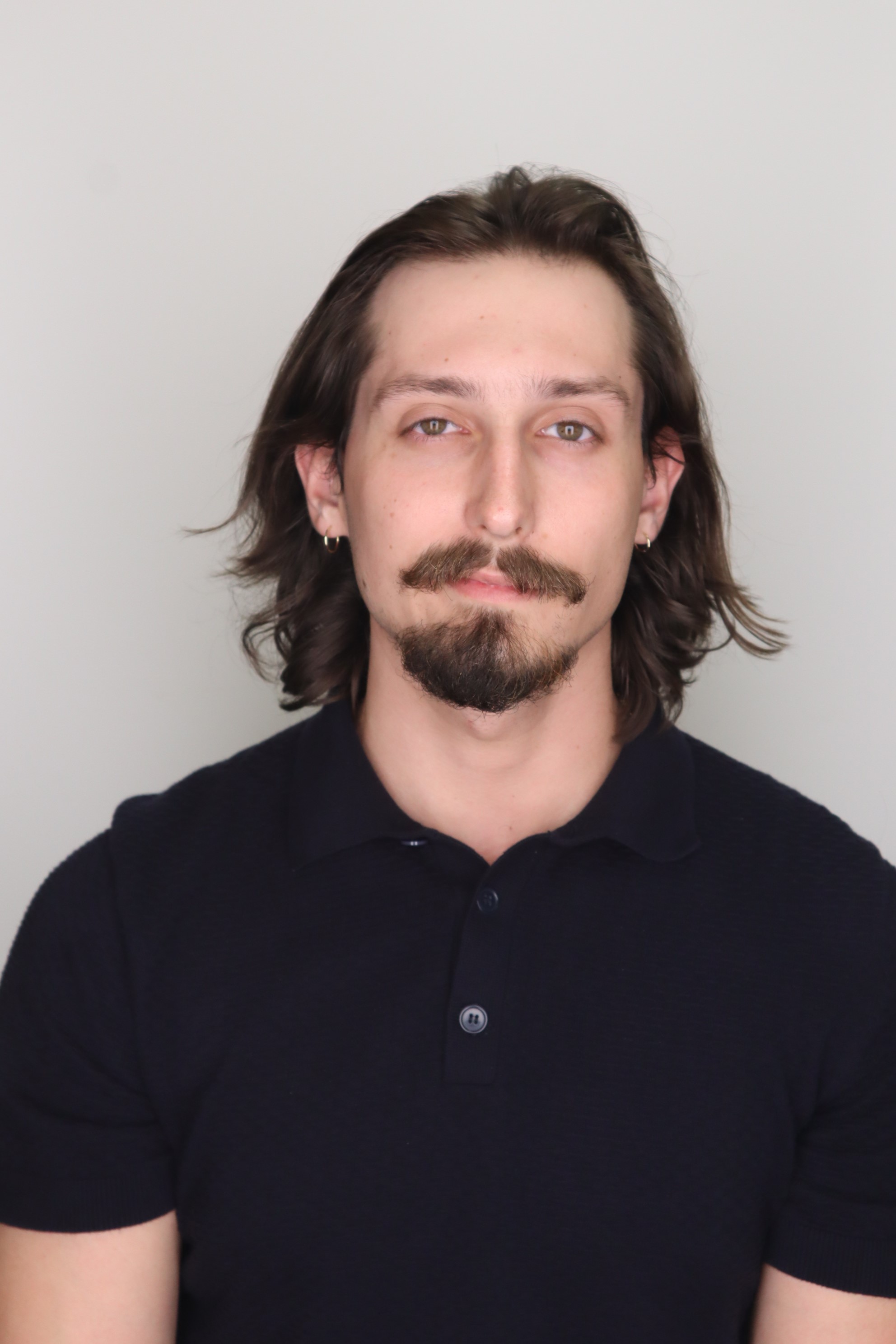Biography
Dr. Midya Parto is an Assistant Professor at the College of Optics and Photonics (CREOL), University of Central Florida. His research involves nonlinear optics and photonic resonator networks with applications in sensing, information processing and computing. His expertise and experience encompass theoretical aspects as well as experimental implementation of these topics in fiber-based systems and integrated photonic platforms such as active III-V materials and thin-film lithium niobate (TFLN).
Before joining CREOL as a faculty, Dr. Parto was a postdoctoral scholar at California Institute of Technology. His postdoctoral research focused on the realization of photonic time-multiplexed resonator networks as a new architecture for exploring new topological phenomena with applications in enhanced sensing and developing novel frequency comb sources. He also explored the utilization of integrated optical parametric oscillators (OPOs) fabricated on TFLN as a new platform for optoelectronic computing and information processing.
Prior to joining Caltech, he received his PhD from CREOL, UCF in 2019. His PhD research focused on active integrated photonic arrangements and coupled semiconductor lasers in III-V compound materials and their implementation for a wide variety of applications ranging from generating unconventional states of light inspired by topological and non-Hermitian physics to solving optimization problems in optics.
Research Group
This lab explores nonlinear photonic systems and arrangements that provide novel schemes for light-based sensing, computing, and information processing. We are interested in leveraging ultrafast optical nonlinear processes to realize system-level, large-scale photonic systems that can implement various artificial intelligence (AI) and neuromorphic computing algorithms directly on photonic hardware, including photonic integrated circuits (PICs). In addition, we investigate new physical phenomena that arise from the synergy of optical nonlinear processes, nontrivial topology as well as non-Hermiticity with applications in new types of optical sources and sensors.
